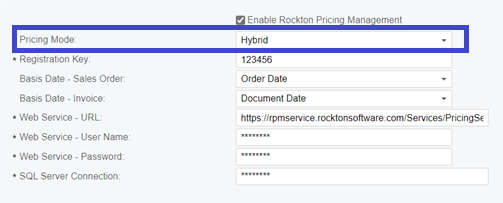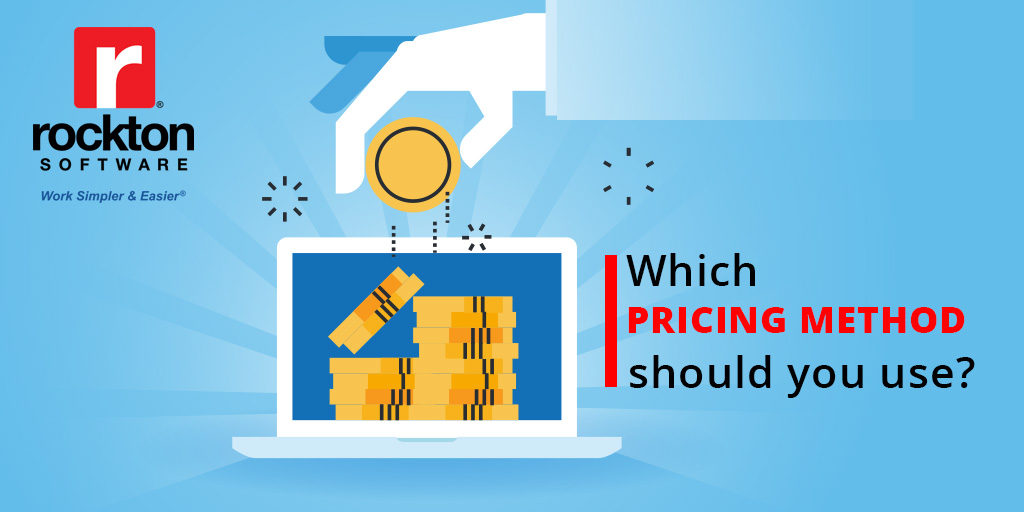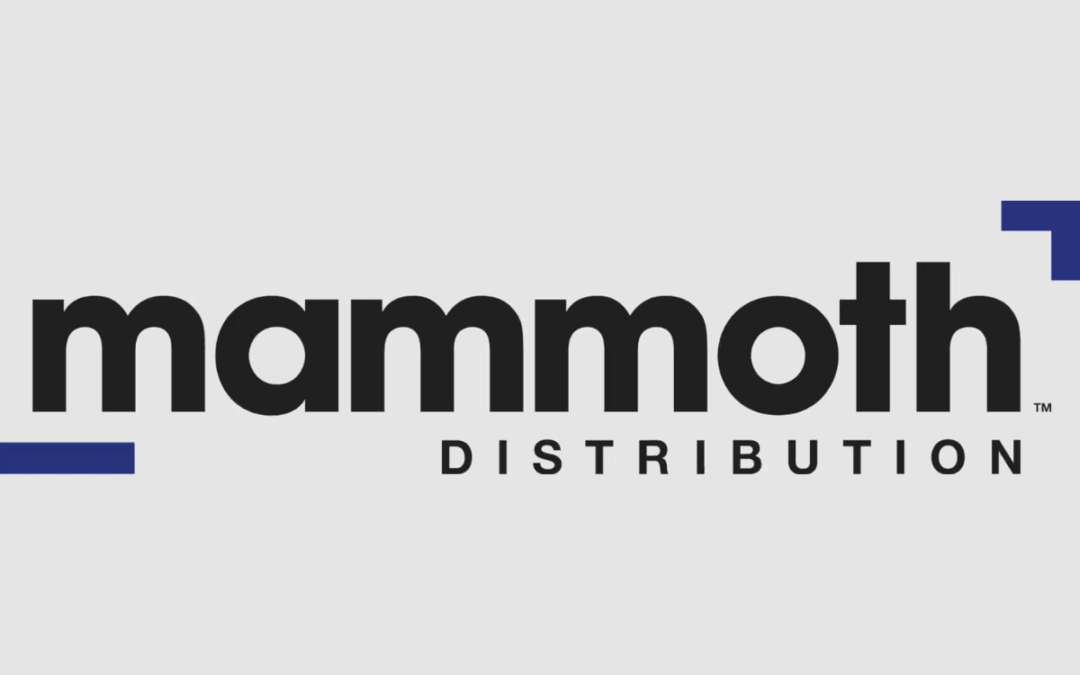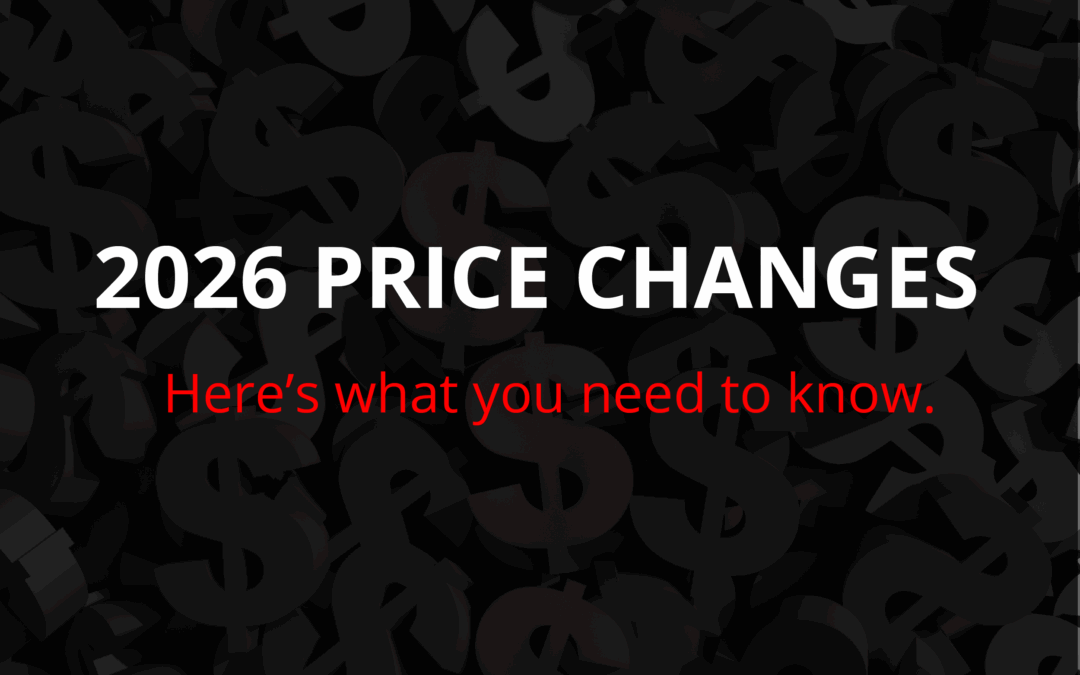What is a Pricing Method?
The Pricing Method in Rockton Pricing Management (RPM) is used to determine how you want to calculate the price on a transaction line. There are three Pricing Methods to choose from when you are setting up the RPM Connector to use in RPM. In order to decide which method to use, you first want to understand how your ERP system is tied to RPM, then decide how you want pricing to be determined.
The RPM Connector ties your ERP to RPM. A Price Schedule is created in RPM and matches the Price Level in Microsoft Dynamics GP or the Customer Price Class in Acumatica. If a Price Schedule exists in RPM, it must match to a record in the ERP. The Price Schedule is then used to determine pricing for your transaction lines and whether any price adjustments should be calculated on that line.
The Pricing Method on the RPM Connector is important because it determines which Price Schedule to use when calculating the price for the transaction line. You decide if you want the price to be determined based on the Price Schedule you assign or if you want the system to determine the best Price Schedule to use.
What are the 3 Methods?
1. Static
The static Pricing Method always uses the Price Schedule that defaults onto the transaction in the ERP. The Price Level or Customer Price Class remains the same and drives the Price Schedule RPM uses to calculate the price. For example, if Dynamics GP has a Price Level called Retail and is the default for the Sales Transaction Line when you enter the transaction, then the Retail Price Schedule is automatically used. The price from that Price Schedule is assigned to the line. The same is true in Acumatica. If a Customer Price Class of Retail is used on the Sales order or invoice, then the price is determined by the Retail Price Schedule in RPM.
2. Dynamic
The dynamic Pricing Method is a more advanced method for assigning a Price Schedule to a transaction. It lets RPM determine the best Price Schedule to use. When a transaction is entered, RPM reviews the valid Price Schedules in RPM, and the first Price Schedule found that matches the information on the transaction is used. This is usually based on combinations of Customer, Item, Date, and other attributes. Dynamic pricing allows for more of those complex pricing scenarios.
3. Hybrid
When the hybrid Pricing Method is selected, both Static and Dynamic Pricing Methods are used. With this option, you allow the ERP system to specify which Price Schedule to use (Static Pricing) or leave the Price Schedule blank, and a Price Schedule is selected for you (Dynamic Pricing).
This allows the flexibility of:
- Allowing a specific Price Schedule to default,
- Allowing the user to override the Price Schedule,
- Using Dynamic Pricing to determine the best Price Schedule for the scenario
RPM Company Setup for the Microsoft Dynamics GP Connector:

RPM Settings for the Acumatica Connector:

There’s no need to stress about selecting the right option for your business. If the Pricing Method you selected doesn’t meet your needs, simply go in the RPM Company Setup window and change the Pricing Method at any time.
These are the basics of the RPM Connector Pricing Methods. If you have any questions or need assistance with selecting the right Pricing Method, feel free to reach out to us at support@rocktonsoftware.com.
Need help with your pricing strategies?
- Download our checklist
- Schedule a demo to learn more about Rockton Pricing Management







